Anthem One Resources
Transforming the World with Light.Efficacy & Safety

Temple University
Katz School of Medicine &
George Mason University
Read the results of the Anthem One UVC Light in a study conducted by the Center for Neurovirology in the Lewis Katz School of Medicine at Temple University.
Read More...
Innovative Bioanalysis
BSL-3 Laboratory
Read the results of the Anthem One UVC Light specifically on SARS-CoV-2 in a study conducted by Innovative Bioanalysis.
Read More...
I see this technology as a great innovation, potentially with an extraordinary use in today's, as well as future infectious diseases outbreaks."
Kamel Khalili, Ph.D.
Director, Center for Neurovirology
Lewis Katz School of Medicine at Temple University
Certifications




Research & Science


UVC destroys viruses, bacteria, protozoa, fungi, yeasts and algae. Simultaneously, UVC does not penetrate proteins such as the keratin in our skin, nails & hair or the elastin in our lungs.





Research and Science
https://www.bapras.org.uk/public/patient-information/surgery-guides/skin-cancer/skin-anatomy-and-skin-cancers
https://www.researchgate.net/publication/278717381_Ultraviolet_Germicidal_Irradiation_Handbook
https://pubmed.ncbi.nlm.nih.gov/21676338/
https://www.ncbi.nlm.nih.gov/pmc/articles/PMC6102977/
https://www.ncbi.nlm.nih.gov/pmc/articles/PMC3831650/
https://www.ncbi.nlm.nih.gov/pmc/articles/PMC4702654/
https://www.ncbi.nlm.nih.gov/pmc/articles/PMC3292282
https://hps.org/publicinformation/ate/q9450.html
Understanding LEDs
CRI (RE)
While most companies who claim high CRI ratings are only using R01-R08, we use the full, extended range of R01-R15. Some call this RA, others CRI extended and many more CRI(re). We just call it honest.
Even some of the biggest name brands in lighting will claim a high CRI rating without fully disclosing which metric they are using. RGB LEDs that claim high CRI ratings can't be using R01-R15 because their LEDs do not output most of these hues.
What's a 95CRI mean if it is only R1-R8? In our opinion, not much.
R01, R09, R13, and R15 are the light frequencies that correspond to human skin tones. Without a full spectrum light source, recreating these subtle hues is not possible.
The history of artificial light has often been biased towards European skin tones. In the past, limitations in metal halides, xenon gas, and fluorescent tube technology made it difficult to recreate the full-spectrum but "warm-biased" skin tones possible with Tungsten. But, LEDs are a game-changer; finally, every human being on earth can look fantastic under artificial light.


This applies to all humans, regardless of "race." And it is more than a single hue. RGBW lights might recreate a single 650nm spike, but they miss out on the rise in yellow and amber tones present in blood reflectance.


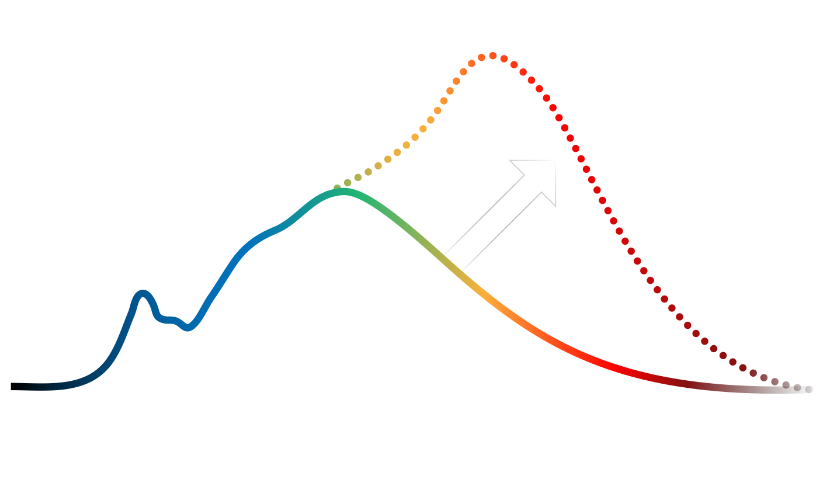
RGB, RGBW, RGBWW and other variants cannot create full-spectrum light. They have vast spectral chasms in cyan, yellow, magenta and every color composed of some delicate mix of light frequencies.
Full Spectrum Light is a complete light field. While some frequencies may be diminished due to limits in phosphor technology, the entire spectrum of light is present.
The differences are extreme. And this is why an RGB device claiming high CRI numbers should be met with some skepticism. CRI(re) is only sampling of color measurements intended to prove that an entire full spectrum of colors is present in the light field.
Due to microscopic differences beyond our ability to control, some LEDs are in spec while others fail to meet our standards.
We only select the LEDs that meet our standards. This process is known as "binning."

It’s easy to make an inexpensive LED system if you are willing to purchase second-hand, rejected LEDs.
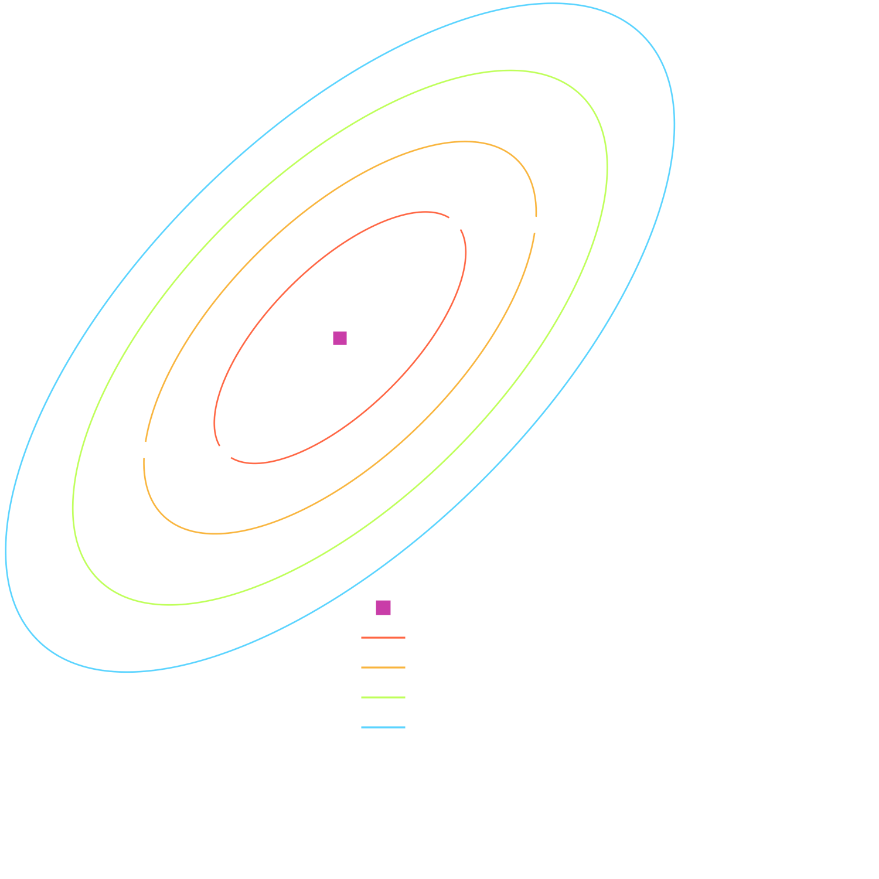
We weren't satisfied with wire-bonded LEDs. And so, we worked with factories around the world to create a new type of LED. Our patented LC-LED eliminates the gold wire, which enables us to create incredibly wide beams of light. It also enables us to overdrive our LEDs. This is why Anthem One is so much more electrically efficient than other LED lights.
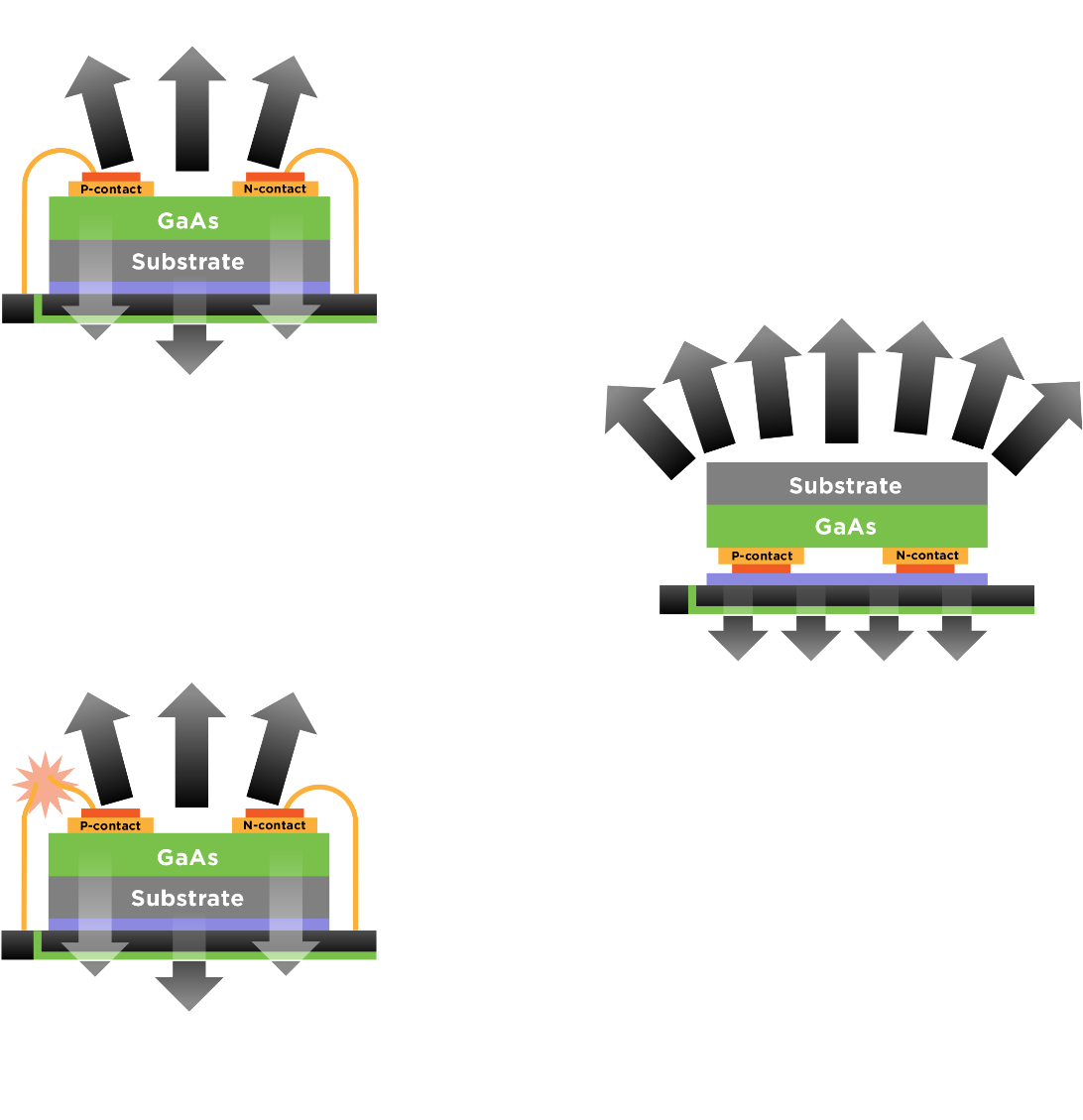

Anthem One (Mark One and Mark Two) were invented by Justin Eugene Evans.